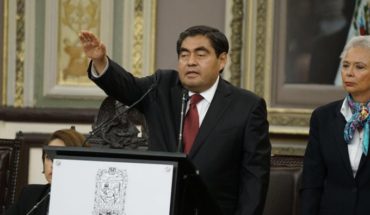Yesterday the Central bank published its foreign exchange balance for April and the capital flight reached levels that were not seen since last August, the month of the exchange run that ended with the second firm of the loan with the International Monetary Fund.
Only in April, they left the Argentine financial circuit 2.341 billion dollars. An increase of 13.9% compared to March of this year and a trend that is expected to deepen on the way to October. As Argentina’s history shows, it is common for electoral years to increase the dollarization of the portfolios and this begins to ignite alarms.
(NOW) Argentina’s capital flight accelerates.
In April, the formation of external assets climbed to U $ S 2.341 billion and grows 32% in relation to March.
Since December 2015, it accumulates more than U $ S 68 billion, equivalent to 120% of the amount of the agreement with the IMF. pic.twitter.com/w3k8IvJ6wY — Sergio Ariel Chouza (@SergioChouza)
May 21, 2019
But first, what are we talking about? The formation of external assets (FAE) in the non-financial private sector is the official denomination which brings together how many dollars were taken out of the national financial circuit and which we normally call capital flight. A concrete example is when companies or people spend their earnings on dollars and deposit them in foreign banks, also when the transnational corporations turn their dividends to the parent company and obviously include the dollars that are hoarded outside the circuit Banking. Yes, those who are in some nook of the home of a person who distrust the banks. In all cases there is a dollarization of the portfolios that are passed to foreign accounts and leave the Argentine circuit, it is not always an illegal operation or involves that the dollars are not physically in our country. This money, outside the national banking circuit, accumulates more than 65 billion dollars since 2016, an amount that far exceeds the loan of 57 billion dollars signed with the IMF (which is worth remembering, is the largest loan signed by the agency).
Capital flight up to 2018
Why are you worried? Because it marks a trend that treads strong on the dollarization that comes out of our financial circuit and opens the question of how the exchange rate evolves under these pressures. While the Central bank now has the fund’s authorization to use 250 million dollars a day to intervene in the exchange market, pressures will continue to rise before the PASS, and before October. It should be added that we come from a year that had a historical capital flight that shows, on the one hand, distrust of the national banking circuit (in addition to weight) and, on the other, what is used the high level of external debt that we have today. In this note:





